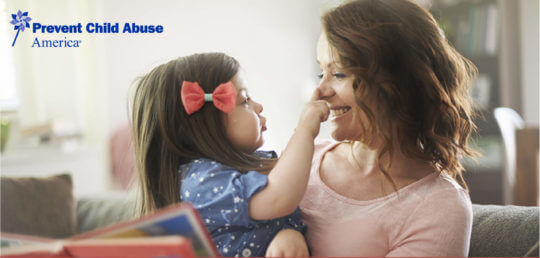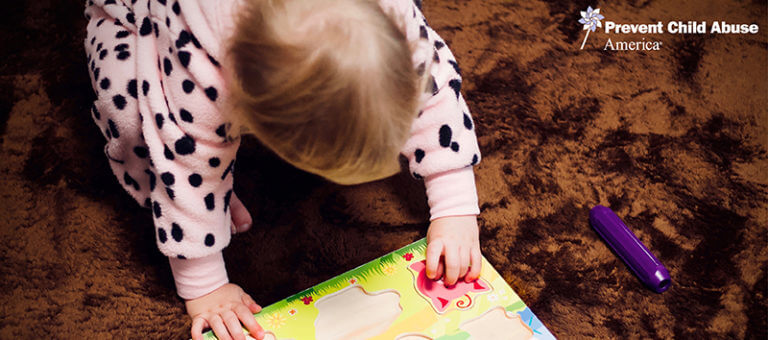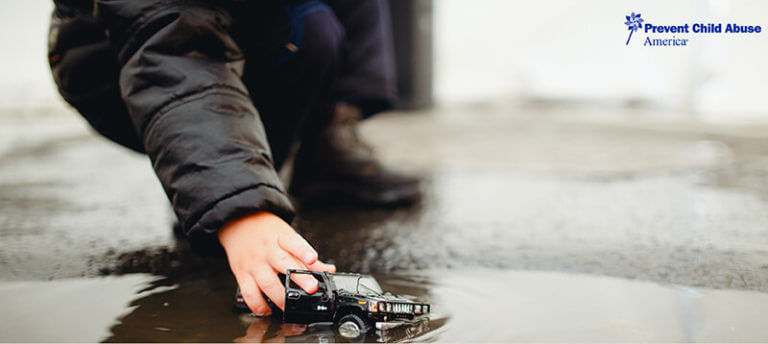As research continues to come out encouraging parents to use non-violent discipline methods, more and more parents are turning to the old discipline standby: the time out. But did you know that there are certain things you can do to make your use of time outs more effective?

Understanding Emotions
The key to effective discipline is to teach children self-regulation. Put another way, you are teaching your child to manage their emotions. Young children require assistance from their parents throughout the pre-school years and beyond to help them manage their needs and emotions.
When young children are upset or dysregulated, a time-out could be beneficial to help them think about the undesired behavior and cool down. However, we as parents often put a child into time-out immediately, without first helping the child regulate and get their emotions in check. The more “out of control” a child is, the more difficult it is to self-regulate. In situations like these, the child needs their parents to help them settle so that the time out has the intended impact of teaching the child why their behavior was wrong.
Making the Lessons Last: Using Time Out Effectively
So, if you need t how do we make time outs as effective as possible? Try these tips from Kate Whitaker, National Director of Training for Healthy Families America and resident expert on emotional regulation:
- First, help your child calm down. Prior to placing a young child in time-out, help contain their emotions. Share with the child what you think he or she is feeling, which will expand their emotional vocabulary, and therefore, emotional intelligence. This will help them better understand their feelings in the future and know better how to deal with them.
- Next, talk about what you want. Once the child’s emotions are in check, talk with them about their behavior and why it has to stop. A good tip is to telling children what to do, rather than what not to This is because most children under the age of 3 do not understand negatives such as “don’t hit” or “don’t run.” Telling your child what kind of behavior you do want to see may be all that is needed to teach your child about how to respond better in the future. Often times, these two steps are all that is needed to teach children about the kind of behavior you want to see in the future.
- Then, have everyone take a time-out! After speaking with your child about their behavior, be clear to your child that a small break from the action will help you both feel better. When the time out is over, make sure to give your child a hug and explain that you love them and will always be there for them. This helps teach your child that you’re not angry at them, just that you found that particular behavior unacceptable.
- If you must use a timeout, use your best judgment on the length of the punishment. When asked, “how long should a child be placed in time out?” many experts state 1 minute per age of the child. While this may be a nice and simple “rule” for time-out, there is no research that supports this. This may be too long for many young toddlers, so use what you think is best for your child.
For more tips on how to effectively use time outs, check out the great Essentials for Childhoods toolkit from the Centers for Disease Control.
Do you have other tips to share on how you use time-outs in your family or classroom? Let us know by tweeting us @PCAAmerica or by leaving a comment on our Facebook page!






